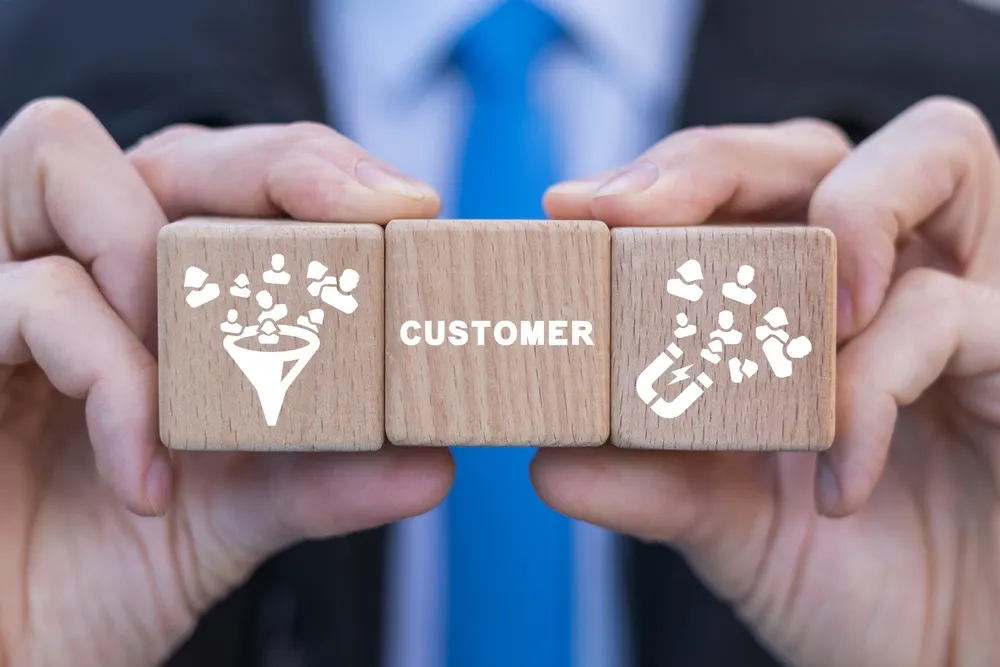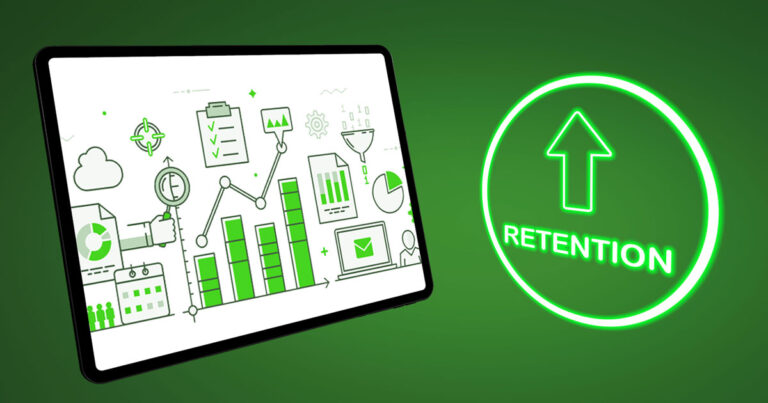Staying Ahead with Key Customer Retention KPI
Every venture into business comes with some thrilling roller-coaster ride moments. It’s truly a unique blend of analyzing facts, tracking numbers, and predicting the future. But, while attracting new customers is of great importance, retaining your hard-earned customer base plays a significant role in your company’s sustainability and growth. With that said, let’s dive deeper into why customer retention is so vital and how you can monitor it efficiently using key performance indicators.
Contents
The Importance of Customer Retention
Acknowledging the significance of customer retention can set the foundation for business longevity. By preserving a strong customer base, you’re not just securing consistent revenue but also decreasing the costs tied to acquiring new customers. In order to make these customers stay loyal to your brand there should be a clear strategic plan, with customer retention at its core.
It’s a generally accepted fact that losing clients can negatively impact your financial earnings; concentrates mainly on acquiring new clients rather than retaining your existing ones. This is where Key Performance Indicators (KPIs) come into play: they’re essential tools for tracking and measuring customer retention, ensuring you keep your grip on the roller-coaster ride.
Identifying Customer Retention KPIs
To have an efficient customer retention strategy, you have to understand its key components first. These elements are represented by certain KPIs. Important measures such as churn rates, the net promoter score (NPS), and customer lifetime value (CLV) form the backbone of your retention strategy.
These indicators provide valuable insights into your company’s performance and help shape future decisions. They don’t just present data; they tell a story about your customers’ behavior concerning your offerings. Hence, selecting the perfect KPIs enables you to comprehend this narrative and plan accordingly.
Analyzing Customer Churn Rate

The churn rate, a top indicator of customer loss, extensively influences your business process. Based on industry benchmarks, an acceptable churn rate spans from 5-7% for most sectors. Your aim should be to maintain your rate as low as possible and step up your retention game.
This metric allows businesses to identify potential reasons behind losing customers and implement preventive measures to reduce losses. To decrease your churn rate, focus on enhancing the customer’s overall experience with your product or service – it’s more than just solving an immediate issue.
Evaluating Customer Lifetime Value
Ever wondered how much each customer is worth in their entirety of their business relationship with you? This is exactly what the customer lifetime value (CLV) considers. A significant piece of financial data analysis indicates just how valuable each customer is to your company over time.
Astonishingly enough, studies show that increasing customer retention rates by merely 5% can boost profits dramatically – by 25% to 95%. Hence, keeping a close watch on the CLV can significantly contribute towards business profitability and financial economics.
Delving into Repeat Purchase Rate
Scoring repeat purchases from customers reflects well on the quality and appeal of your offerings. It shows that customers trust your brand, are satisfied with their purchase, and are likely to remain loyal. The probability of selling to an existing client stands between a substantial 60-70%, making this a valuable KPI to monitor.
Reducing the time between repeat purchases is yet another subtle signal of heightened loyalty. To ensure high repeat purchase rates, study customer behaviour patterns thoroughly and strategize how best to meet their needs and measure satisfaction scores every now and again.
Examining Product/Service Usage Frequency
Understanding how frequently customers make use of your product or service directly contributes to retention metrics. Regular usage indicates that customers find value in your offering and have incorporated it into their daily routine or needs. This positive dependency ensures that they remain bound to your brand.
In a nutshell, the higher the usage frequency, the higher the likelihood of customer retention. Tracking this metric will help you understand how well your product fits into your customer’s life and whether improvement areas need to be addressed.
Enhancing Customer Satisfaction Score
The importance of a satisfied customer is of no surprise to anyone, it’s essentially what keeps them coming back. In terms of numbers, a customer satisfaction score (CSAT) hovering around 75% is usually deemed acceptable across industries. Here’s where the action really comes in: constantly striving for a higher customer satisfaction score will notably ensure a high customer retention rate.
After all, who doesn’t want happy customers voicing positive reviews about your goods or services? To achieve this satisfaction level, you’ll need to not only meet but exceed expectations consistently – a feat that’s not so easy, but worth every effort!
Conclusion
To cap off this whirlwind tour through customer retention roller-coaster ride, it’s vital to always keep an eye on these indicators. Given their importance in deciphering the behavior patterns of your customers, these KPIs essentially lead you down the trail to success. Remember though, retain this mantra: Constantly strive for perfection. Never get content with just ‘good’ performance but rather aim for an ‘excellent’ scorecard! For some more insightful perspectives on retention KPIs do check out the Userpilot blog here . Good luck!










